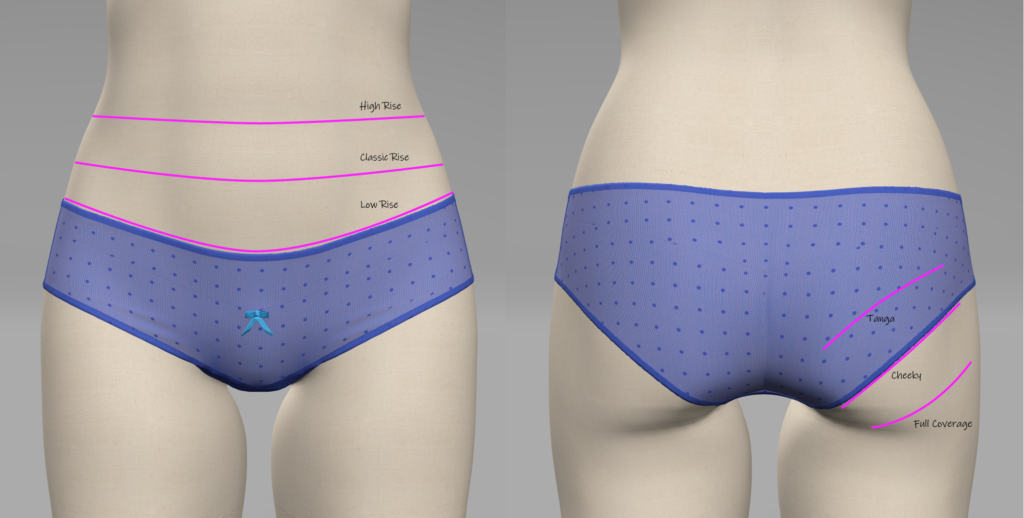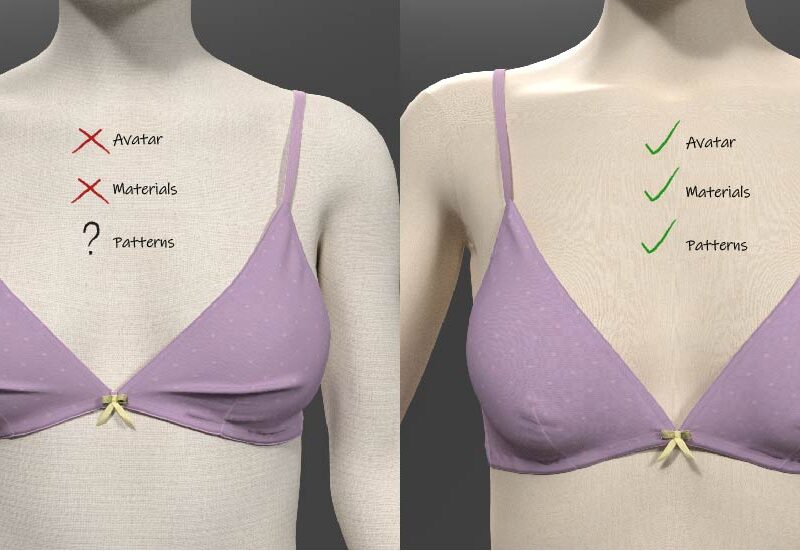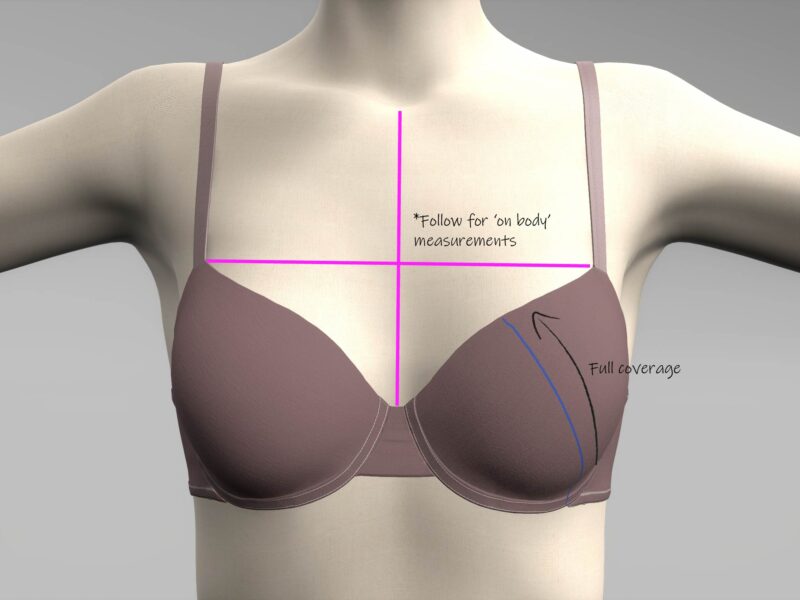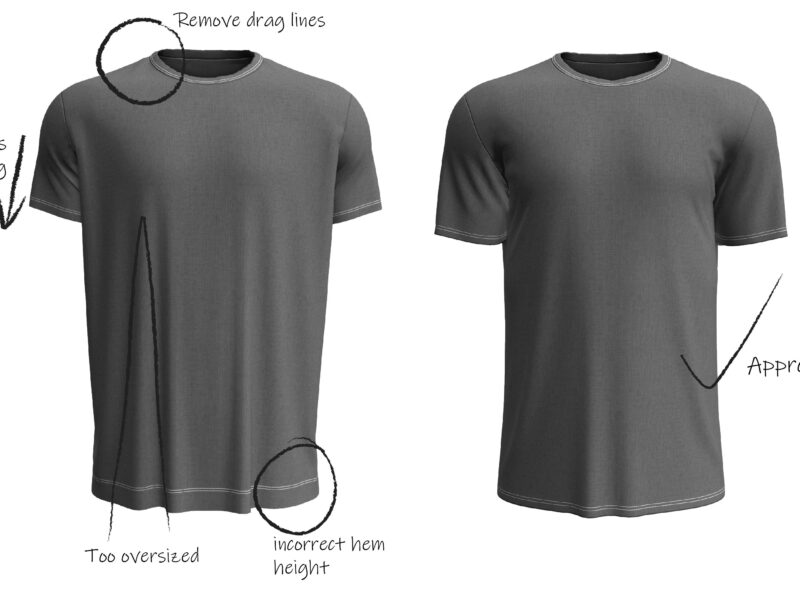3D Fashion Design software has evolved significantly and there are several Digital Fashion Tools that can help with process and standardization.
Let’s explore one of the most important digital fashion tools available in Browzwear that can help your workflow process and standardization.

There are digital fashion tools for all types of measurements including your flat 2D pattern and your fully stitched 3D garment.
This post is about Browzwear 3D Measurement tool that measures the avatar and can be used as an ‘On Body’ standard.
3D Measurement Digital Fashion Tool
On body measurements are most commonly utilized in the Intimate Apparel Lingerie categories during fit sessions. The technical designer will use a measuring tape and measure the fit model’s body while she is wearing the proto sample. Fit models with industry experience also generally know what their target measurements are.
What is the purpose of On Body Measurements?
On body measurements of a fit model give the technical designer information on how the proto sample may be displacing and compressing the body. Is that push up bra really giving the right amount of lift?
What are common On Body Measurements and How is it used?
Every on body measurement has a purpose and each brand has their own standards and targets. Here is a quick list of a few common on body measurements and their purpose.
- Across Cup – measured from the center rib cage across the apex to outside edge of breast tissue. This is used to understand the cup capacity.
- Cup Coverage – measured perpendicular from cup neckline and across the apex. This is used to understand neckline placement and how much coverage bra is providing.
- Hook Up – distance between left and right bottom back attachment to cup. This is used to help check bra garment balance.
- Halter – measured from left apex around neck to right apex. This is used to understand the amount of lift a bra is providing.
- Front and Back Gusset – measured from natural waist to the front or back cotton gusset liner on a panty. This is used to check for garment balance.
- Front and Back Coverage – garment width measured at a specified placement up from front or back gusset. This is used to check for how much coverage garment is providing.
The importance of Block Creation in 3D for calibration.
Your avatar should have the same measurements as your fit model. Your block styles should look identical to your physical protos and must be using correct patterns. At this stage, your 3D block garment is the calibration tool used to determine your 3D measurement ‘on body’.
Value of having 3D On Body Standards.
During a fit session with a fit model the technical designer measures each time. The value of creating 3D measurements that you just gave yourself a digital fashion tool that syncs with your avatar. Any new style you create in 3D you can turn your 3D measurements on or off to get a fast understanding if your garment is correctly positioned. 3D measurements can also be exported and imported for easy sharing with your internal teams and vendors, ensuring clear standardization.
Other use cases for 3D Measurement tool.
During custom avatar development there may be specific measurements you want to check that are not available in the Avatar Editor. You can create a custom 3D measurement and as you edit your avatar the 3D measurement tape will increase or decrease.
3D measurement for avatar ‘on body’ measurements is one of the most important digital fashion tools for digital product creation.
The use of 3D measurements will help improve your garment standardization, workflow process and communication amongst teams.
Do you use 3D measurements as part of your process? Are there any other invaluable tools to help with your digital fashion standardization?




